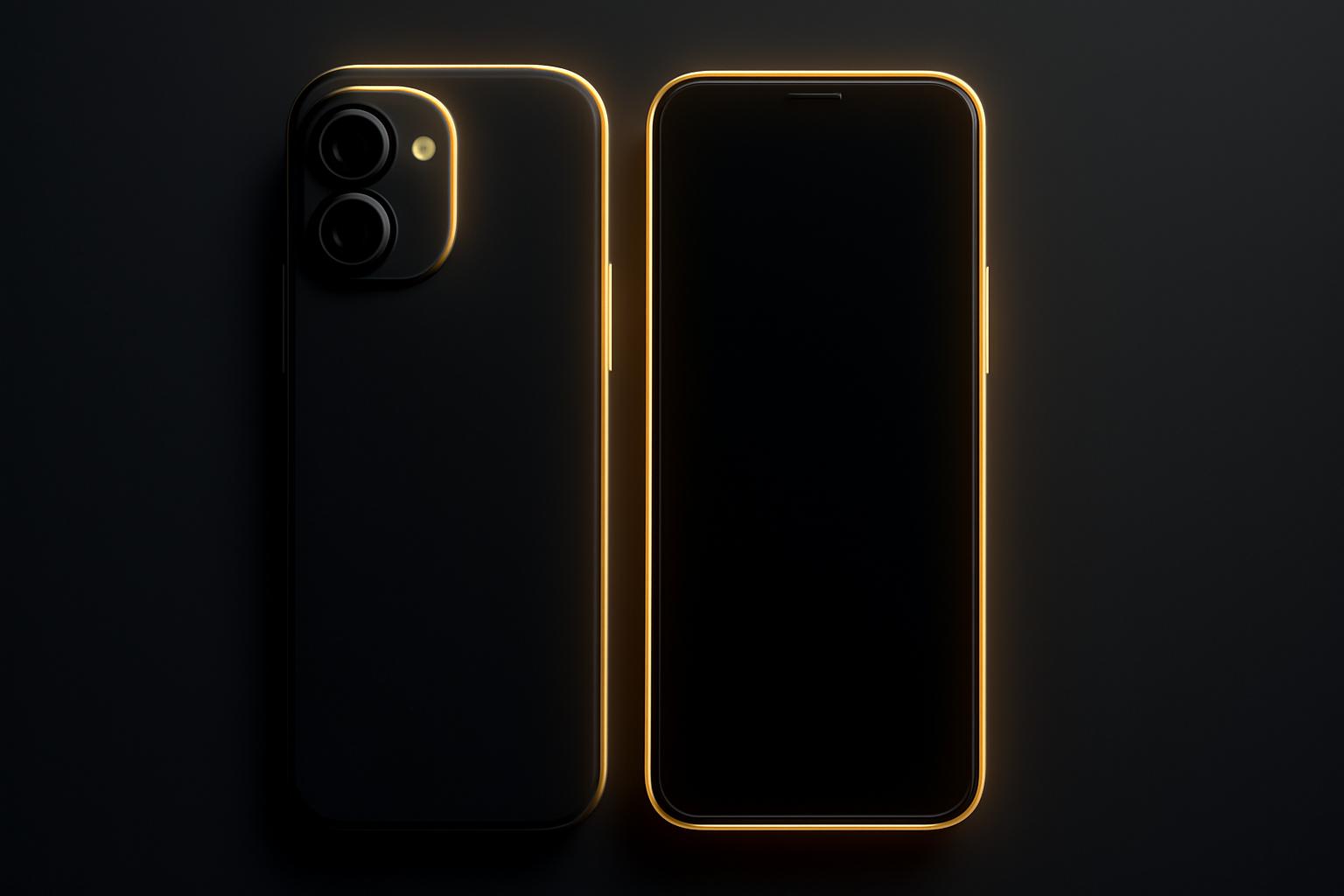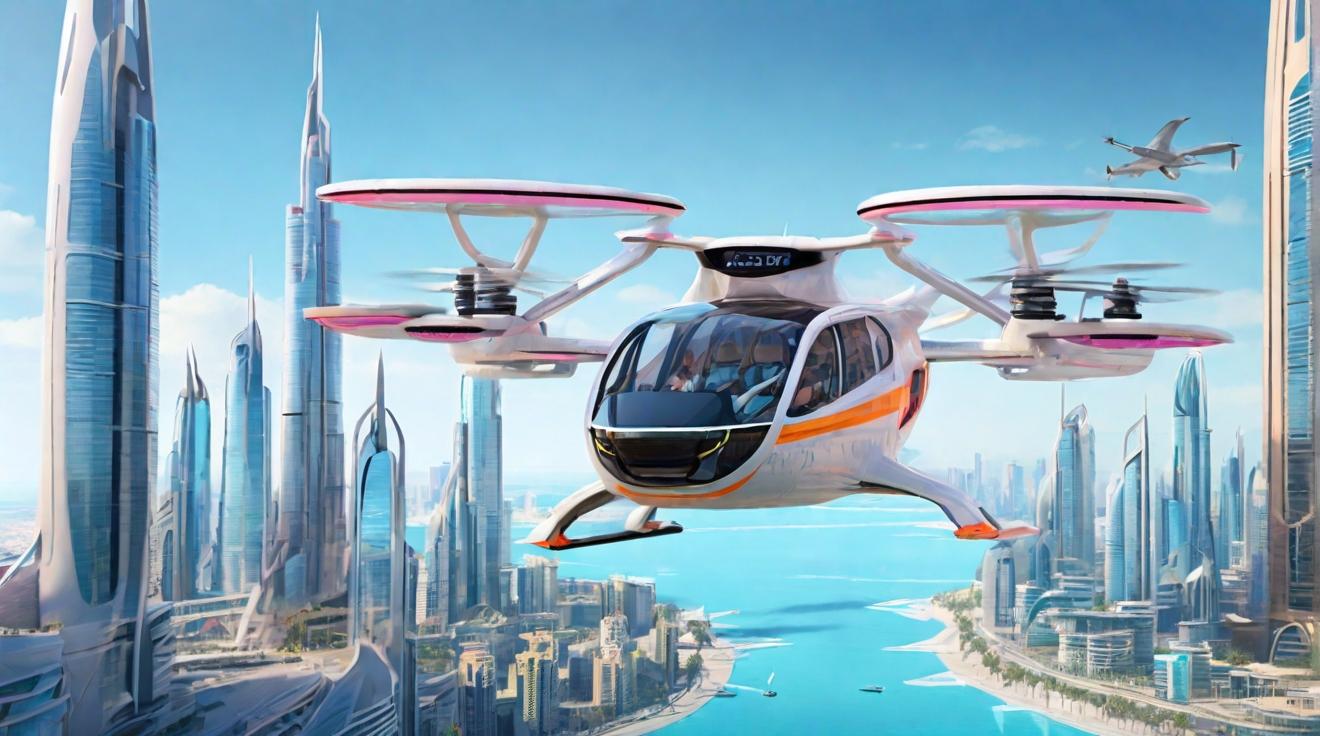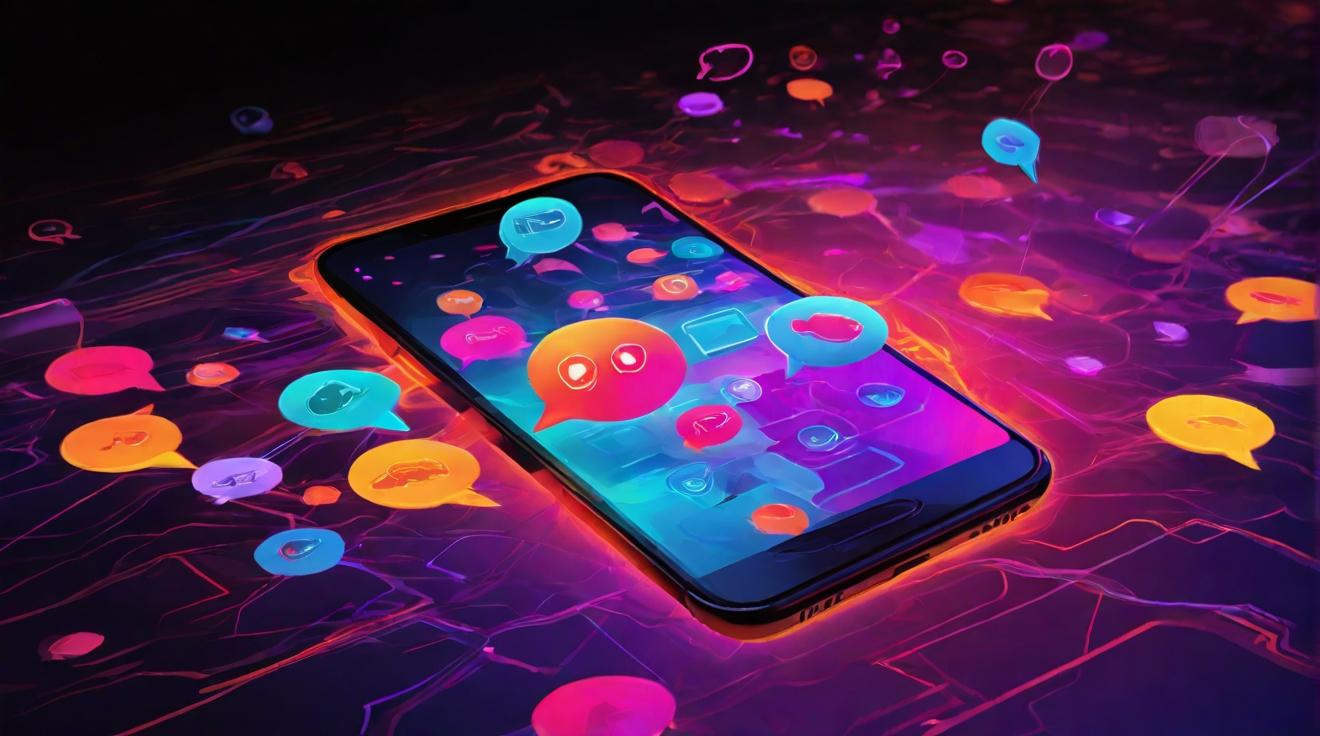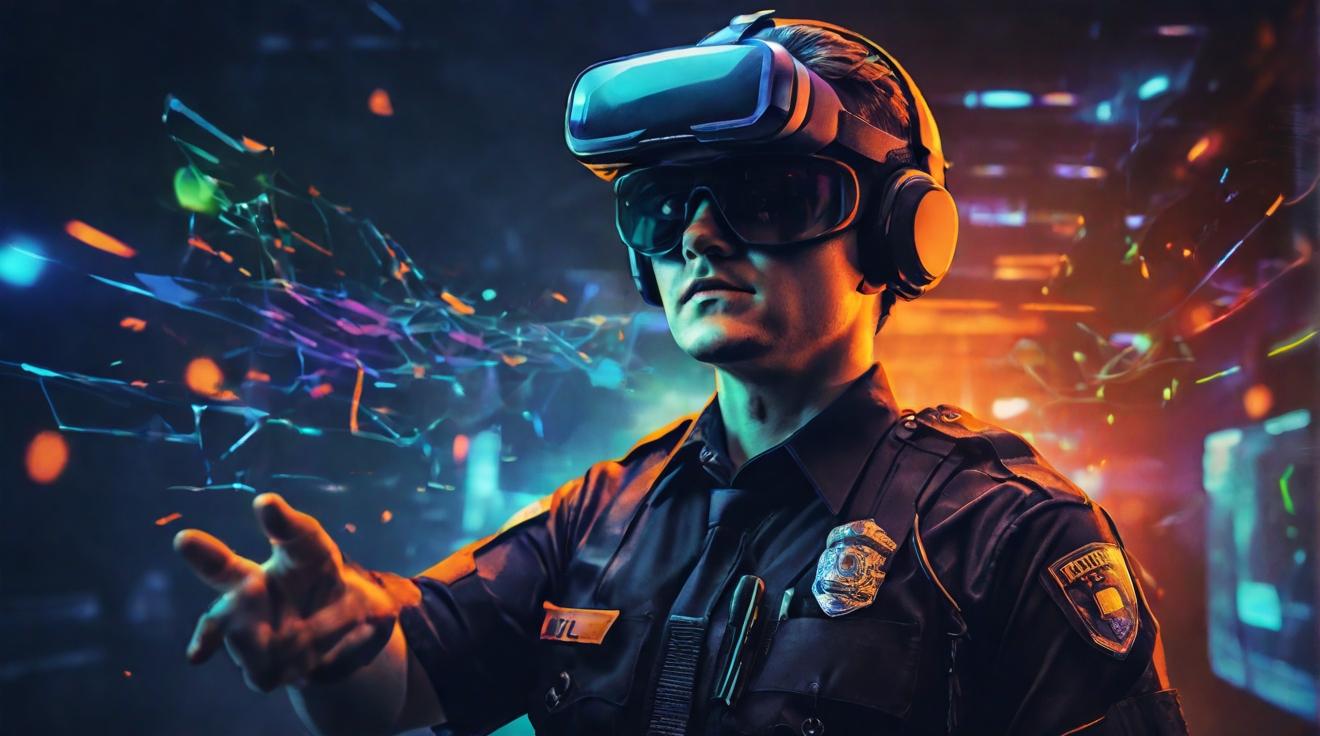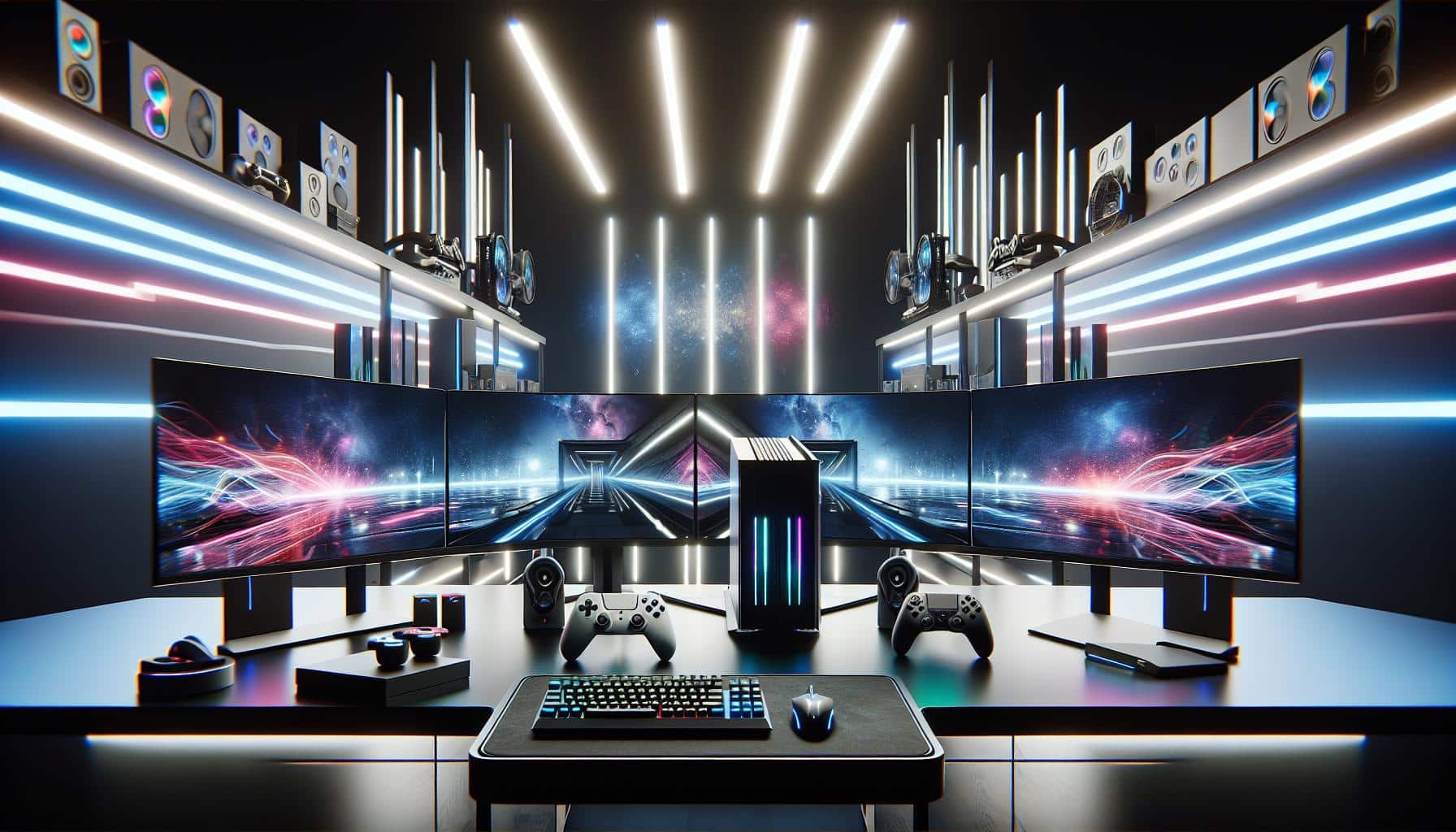Comparing Apple’s iPhone Air and iPhone 17: Which Offers Better Value?
As Apple expands its smartphone lineup, prospective buyers face a nuanced choice between the new iPhone Air and the iPhone 17. While the Air appeals with its larger screen and lightweight design, a detailed comparison reveals the iPhone 17 may deliver superior overall value for most users.
Design and Display
The iPhone Air features a 6.5-inch display, slightly larger than the 6.3-inch screen on the iPhone 17. Despite the bigger screen, the Air is lighter, which may appeal to users prioritizing portability. However, screen size is only one facet of user experience.
Performance: A19 Chip Variants
Both models are powered by Apple’s A19 generation chips. The Air utilizes an A19 Pro chip with a 6-core CPU and 5-core GPU, a configuration closely mirroring the iPhone 17’s A19 chip. Notably, the Air’s chip is distinct from the A19 Pro variant in the Pro model, which features a 6-core GPU, offering enhanced graphics performance.
Battery Life
Apple’s official specifications indicate the iPhone 17 offers longer battery life, supporting up to 30 hours of video playback compared to 27 hours for the Air. Although the Air can extend battery life with an optional $99 battery pack, this addition compromises the phone’s advantage in weight and size.
Camera Capabilities
The iPhone Air introduces a novel computational photography system, enabling software-driven features such as simultaneous front and rear camera shots. This innovation may appeal to creative users interested in new filming techniques. However, the Air lacks the iPhone 17’s 48-megapixel Fusion Ultra Wide lens, which offers superior photographic versatility.
Storage and Pricing
Storage configurations on the Air reach up to 1TB, but this comes at a significant cost, with the top-tier model priced at $1,400. This narrows the price difference with the Pro model, which offers similar storage for $1,500. For budget-conscious buyers, the iPhone 17 remains more affordable while covering essential features.
Conclusion
For users like the author, who prioritize practicality and balanced features over novelty, the iPhone 17 currently represents a better value proposition. While the iPhone Air offers exciting new capabilities, its trade-offs in battery life and camera hardware may limit its appeal. Speculation persists about Apple potentially launching a folding iPhone in the future, which could shift preferences, but until then, the iPhone 17 holds its ground as a sensible choice.
FinOracleAI — Market View
The introduction of the iPhone Air adds diversity to Apple’s smartphone portfolio, targeting users seeking a larger screen and innovative camera features. However, the iPhone 17’s stronger battery life and competitive pricing are likely to maintain its appeal among mainstream consumers.
Investors should monitor consumer adoption rates between these models, as well as any announcements regarding folding iPhone developments, which could disrupt current market dynamics.
Impact: neutral





